11 Subtle Clues You Can Spot to Catch PVD Before It Progresses
It's easy to overlook the gentle ways our bodies try to communicate that something needs a bit more care. Peripheral Vascular Disease (PVD) rarely makes itself known with loud alarms, especially in the early stages. Instead, it tends to whisper—nudging us with changes that feel easy to brush off or blame on busy days, growing older, or even just the weather. But here’s some good news: the sooner we tune in to these subtle signals, the more opportunities we have to support our circulation and overall well-being. Imagine each clue as a friendly tap on the shoulder, encouraging you to slow down just long enough to listen and respond with small acts of self-care. Every body has its own way of signaling when something’s up, and learning these particular hints doesn’t mean you need to worry—it means you’re becoming your own best advocate. In this guide, you’ll find 11 gentle yet important clues that could help catch PVD before it has a chance to progress. With a little knowledge, a dose of curiosity, and zero pressure to be perfect, you can take practical steps that fit your life—honoring your wisdom and nurturing vibrant health at every age.
1. Unexplained Leg Pain or Discomfort
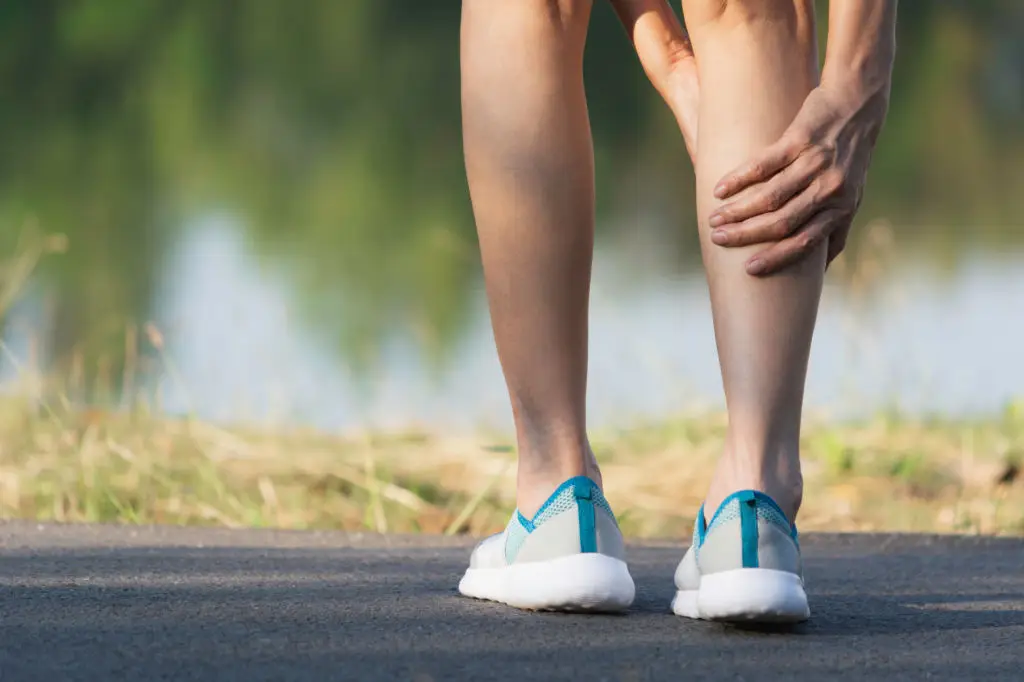
One of the first and most common signs of PVD is a certain kind of leg pain that doesn’t always feel serious—at least not at first. You might notice an ache, tightness, or even cramping in your calves or thighs when walking, especially if you’re heading uphill or carrying groceries. This sort of discomfort usually fades away once you’ve rested for a little while. Why does this happen? As blood flow becomes restricted due to narrowed vessels, muscles get less oxygen during movement, which can cause them to protest gently—like a polite nudge asking for a break. The technical term is intermittent claudication, but you don’t need to memorize it; just remember that legs feeling unusually tired or achy with activity, but relieved by rest, is a pattern worth noticing. It’s not about pushing through or ignoring discomfort—it’s about paying attention and giving your body credit for trying to get your attention in a subtle way. If you start to see this pattern popping up with regular walks or chores, talking with your provider can help you find answers—and keep you moving with comfort and confidence.
2. Skin Color Changes on the Legs and Feet
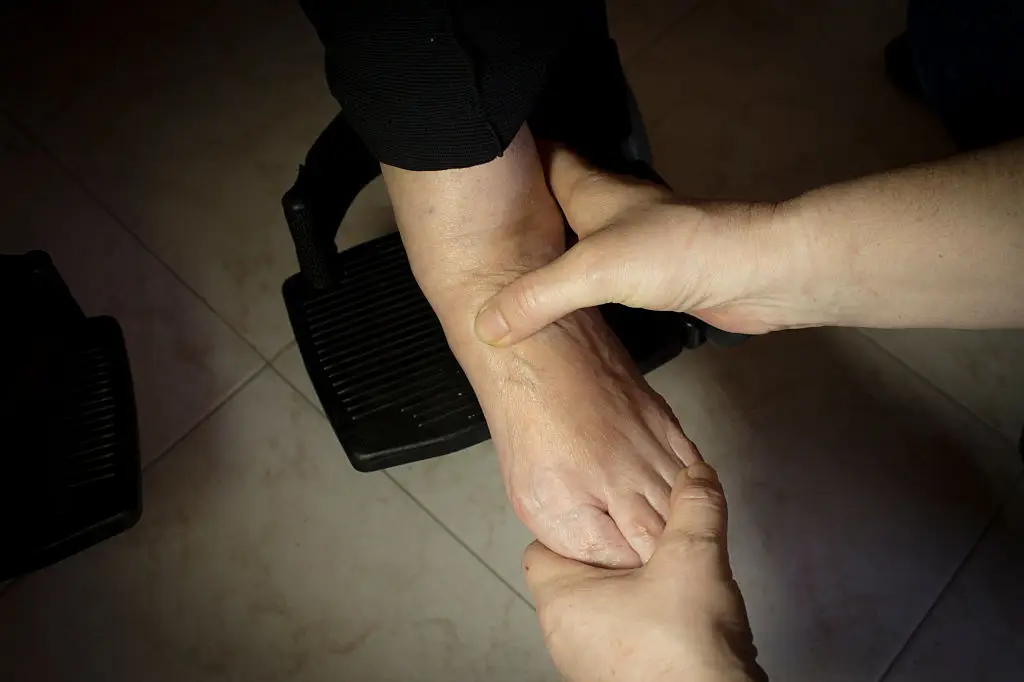
Taking a look at your legs and feet every once in a while can reveal important clues. Have you ever noticed that the skin on your feet or lower legs sometimes looks paler than usual, or takes on a bluish or reddish tint? These color changes might come and go, or they might show up just on one side or in patches. PVD can slow the flow of oxygen-rich blood to these areas, causing the skin to lose its healthy pink glow. Sometimes the change is so gradual you could miss it, but comparing both legs side by side or noting spots that stand out can help. While temperatures and lighting can sometimes play tricks on our eyes, persistent or repeated color changes—especially if one foot looks different from the other—are gentle reminders to check in with your care team. Think of spotting these shifts as another way of caring for yourself, not a reason to worry. It’s about responding with curiosity and kindness rather than concern, trusting your body’s signals that it’s time for a bit more attention.
3. Slow-Healing Sores or Ulcers
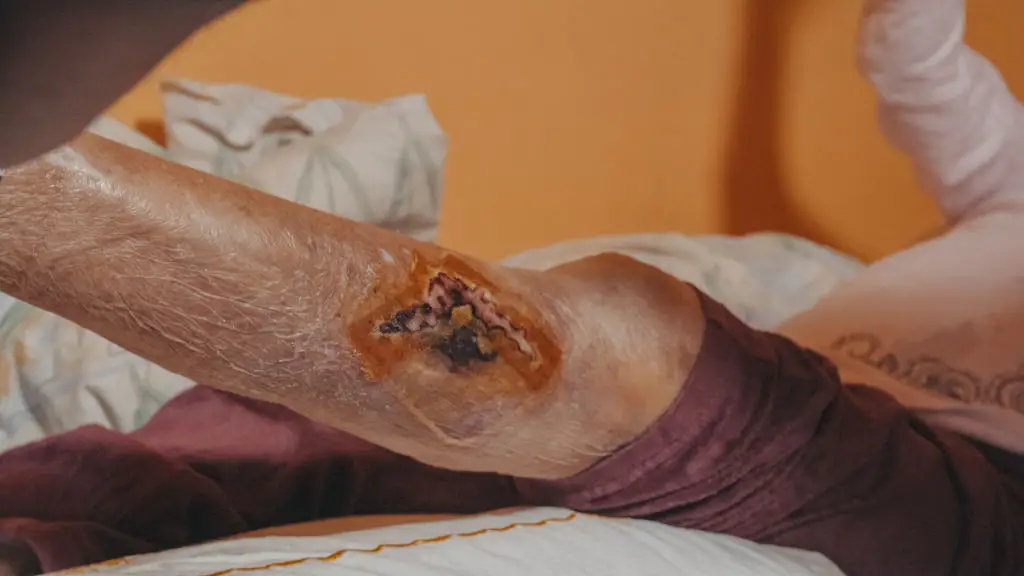
Everyone scrapes their leg or gets a blister from new shoes once in a while. But if you notice that these little injuries take longer than usual to heal—maybe they linger for weeks, or even seem to get worse—that could be an early sign of PVD. Good circulation helps our skin repair itself quickly, sending in the nutrients and oxygen needed to patch things up. When blood flow is limited, that healing journey slows down, especially on the feet or lower legs where the vessels are smaller and farther from the heart. Maybe you notice a cut that’s slow to close, or a sore that keeps scabbing over but doesn’t quite disappear. Instead of feeling frustrated, see this as gentle feedback from your body. Checking your feet and legs regularly, especially if you have diabetes or spend a lot of time standing, lets you catch these clues in their earliest, easiest-to-manage stage. Bring any stubborn wounds to your provider’s attention—they’ll support you in getting healing back on track.
4. Numbness or Tingling Sensations
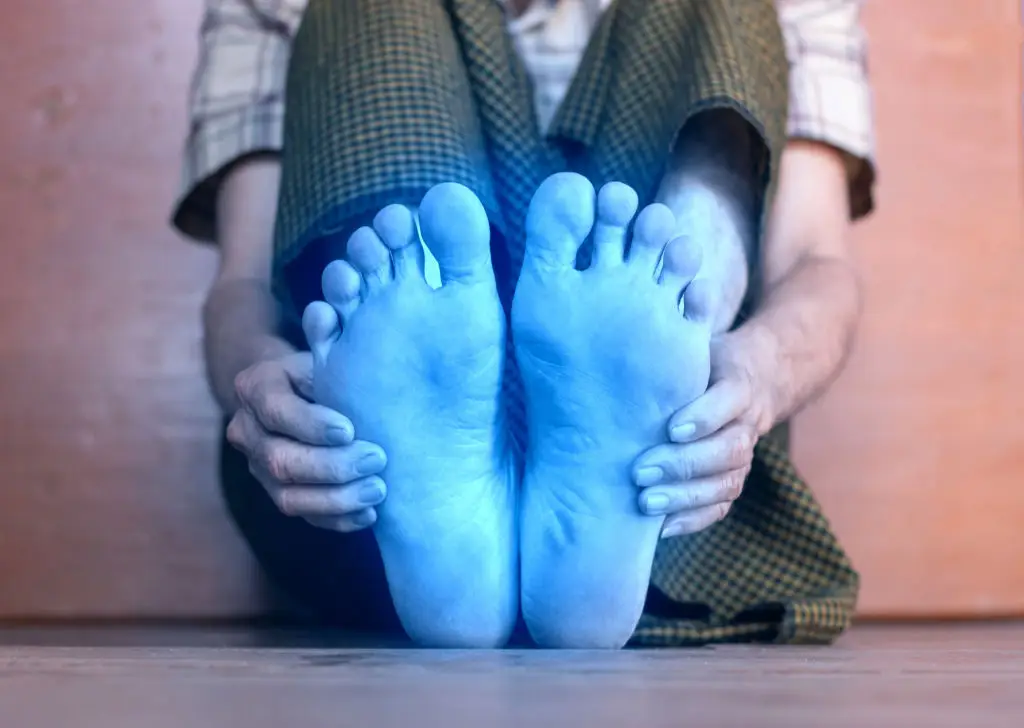
We’ve all felt that “pins and needles” sensation when we sit too long or cross our legs. But if numbness or tingling in your legs, feet, or toes seems to appear out of nowhere, or lingers longer than usual, it could be your body’s low-key way of mentioning there’s less blood getting where it needs to go. PVD restricts healthy blood flow, which sometimes leaves nerves hungry for oxygen and nutrients. This can lead to subtle changes in sensation—maybe your foot feels “asleep” when you haven’t been in an awkward position, or you notice tingling that comes and goes. These feelings aren’t anyone’s fault, and they don’t mean you’re overly sensitive. Instead, consider them gentle invitations to check in on your circulatory health. If numbness or tingling becomes persistent or begins impacting your balance, let your healthcare provider know. They can offer strategies to keep you feeling steady, comfortable, and confident on your feet.
5. Shiny or Thin Skin on Lower Legs
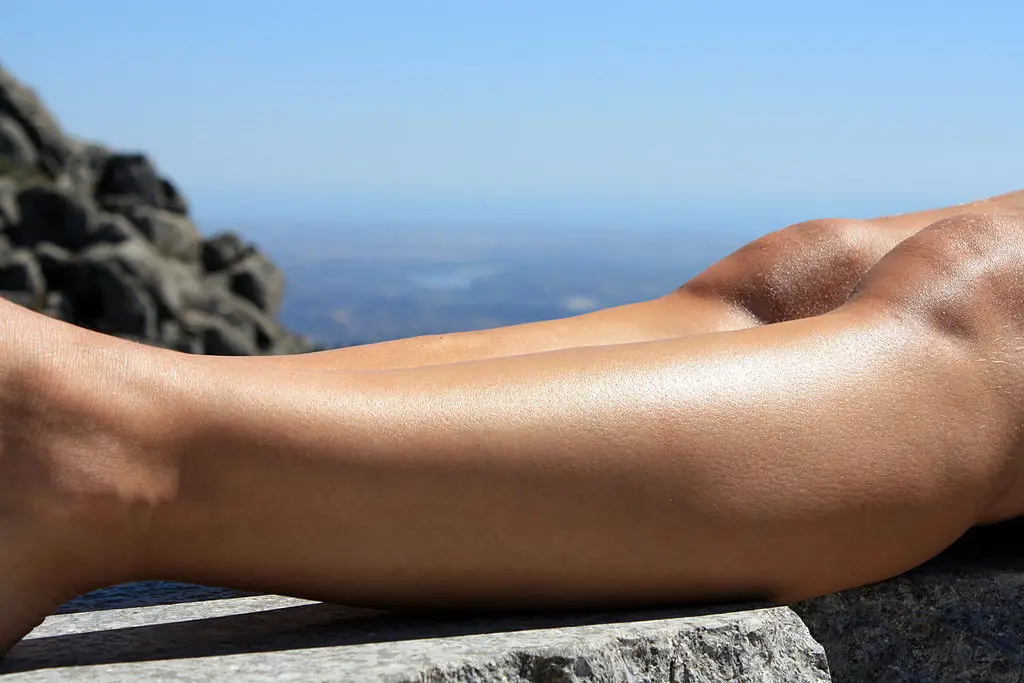
Sometimes, a close look at your lower legs can reveal subtle shifts in skin texture. With PVD, the skin on your legs may start to look a little shinier than usual, or feel thinner and more fragile to the touch. This isn’t just a cosmetic change—healthy blood supply keeps skin nourished and resilient, so a dip in circulation can make it appear glassy or overly smooth. It may even seem like your skin is thinner than it used to be, or tears more easily. Notice these changes alongside other clues in this list rather than stressing over any single detail. Regular moisturizing and gentle care can support your skin, but if shininess or thinning sticks around, it’s a prompt to bring it up at your next appointment. Think of this as you would other small shifts—your body’s way of tapping you on the shoulder before bigger issues develop, always rooting for you to care for yourself with gentle attention.
6. Loss of Hair on Legs and Toes
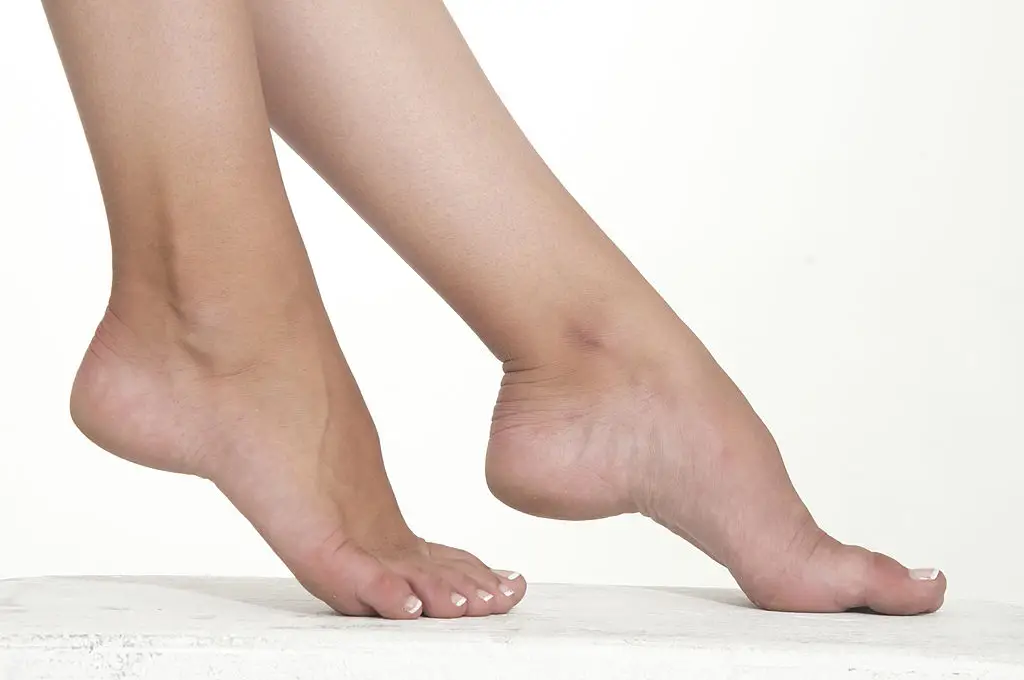
Noticing a few bare patches or thinning hair on your shins and toes? It’s not unusual, especially as we get older, but it can also be an early clue of PVD. Hair follicles rely on a steady supply of nutrients carried by healthy blood flow. When circulation gets sluggish, hair growth can slow down or stop altogether, leaving previously hairy areas smooth or even shiny. This change tends to show up gradually and isn’t cause for embarrassment—just a sign to keep an eye out for other symptoms. If you notice that leg or toe hair has quietly disappeared or stopped growing back after shaving, especially if you see it alongside skin changes or numbness, make a mental note. It’s less about looks and more about what’s happening under the surface. Bringing these small shifts up during your checkup helps your provider put the whole puzzle together, supporting your health from the inside out.
7. Weak or Absent Pulses in the Feet
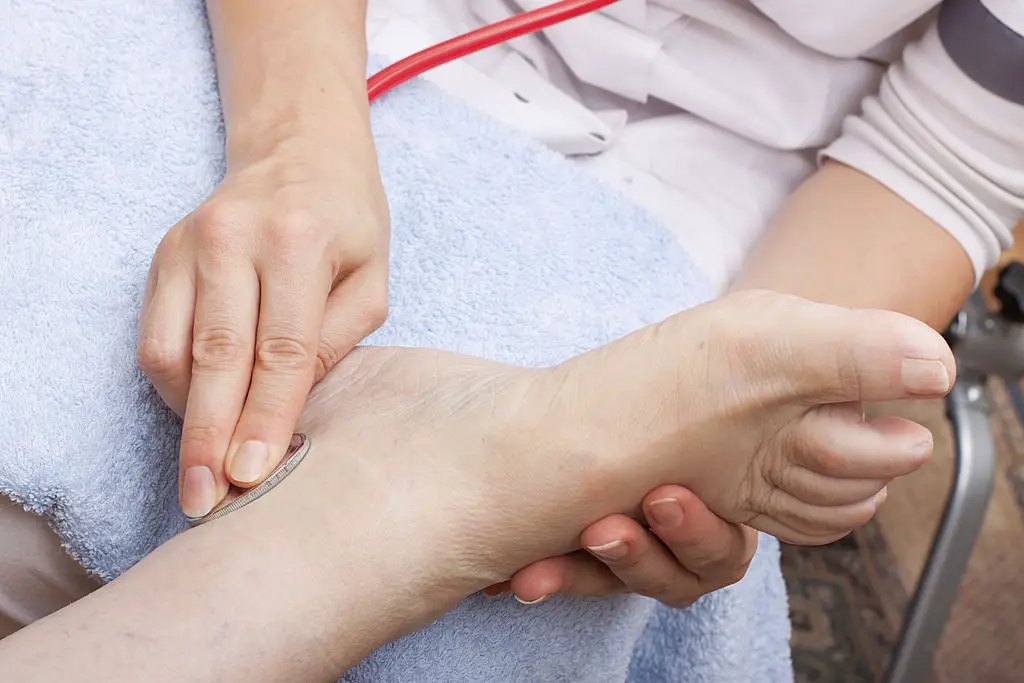
Checking your pulse isn’t just for your wrist or neck—a gentle pulse should be noticeable on the top of your foot or behind your ankle, too. With PVD, those pulses may become faint or even disappear over time because blood is struggling to travel past narrowed vessels. This clue can be tricky to spot on your own, especially if you’re not used to feeling for a foot pulse, but your healthcare provider will always check during an exam. They might use a gentle touch or a small device to assess blood flow. If you’re curious, try resting your fingers lightly over the top of your foot while sitting or lying down. There’s no need to panic if you’re unsure, but if you notice a marked difference from one foot to the other, or your care team mentions a change, it’s worth following up. Catching a faint pulse early can lead to proactive, manageable steps and keep you confidently on your feet.
8. Coldness in One Leg or Foot
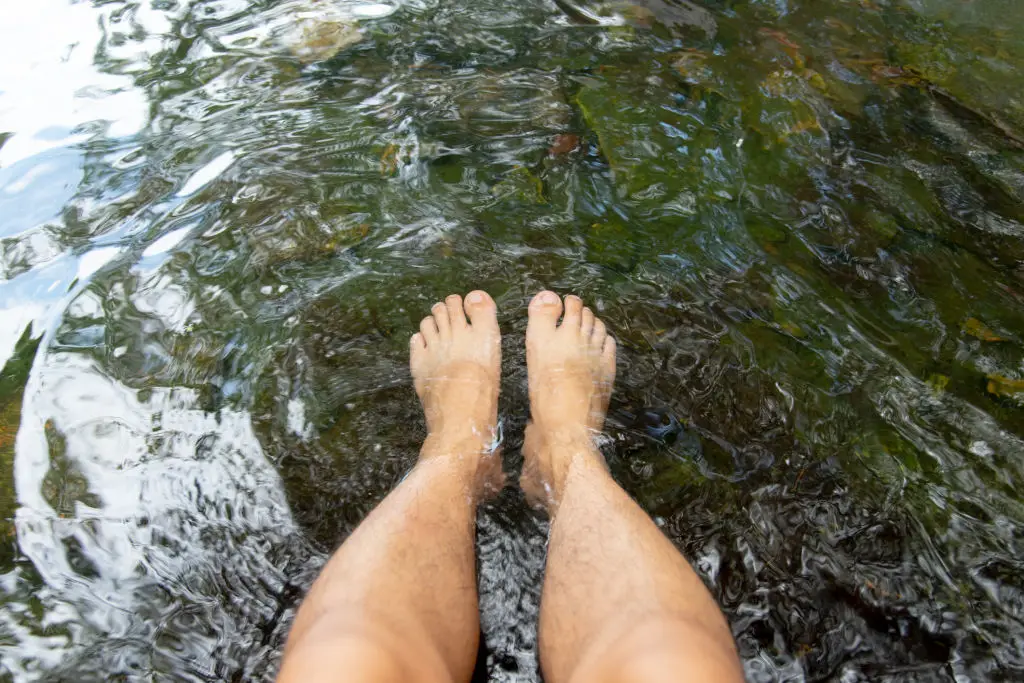
Many of us have experienced cold feet when the weather turns chilly. But if you notice that one foot or lower leg feels consistently cooler than the other—or stays cold even when you’re warm everywhere else—it could be a subtle signal from your circulatory system. PVD can cause certain parts of your body to get less blood, making them cooler to the touch. Try placing your hands on both legs and feet at rest; if there’s a noticeable and ongoing difference, even indoors, it’s not just your imagination. While occasional coldness can stem from minor causes, persistent temperature shifts deserve a little attention. You’re not being oversensitive—your body is offering useful, real-time feedback. Sharing this with your provider helps ensure you stay cozy, comfortable, and well-cared for from head to toe.
9. Muscle Weakness or Fatigue
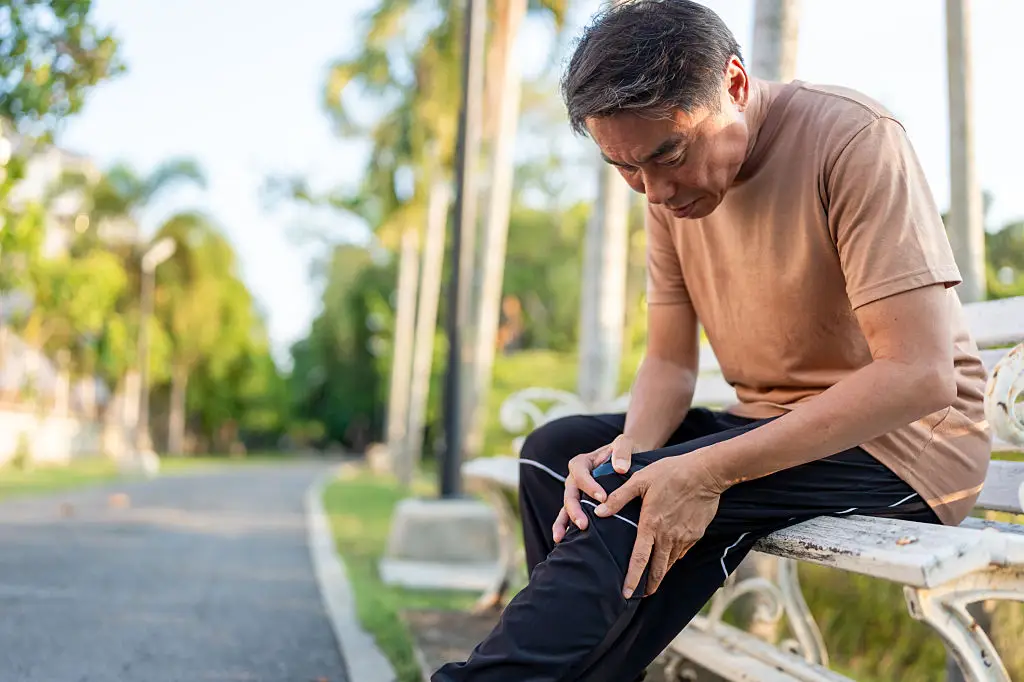
Muscles are great at telling us what they need—sometimes with soreness, other times with fatigue. If your lower legs start to feel unusually tired or weak during activities you once handled easily, it’s not just a sign of aging. As PVD limits blood flow, muscles may tire out sooner, especially during walking, climbing stairs, or standing. You might notice you need more breaks, or you avoid certain errands because your legs simply don’t want to keep up. This isn’t a sign of laziness or “falling behind,” just another voice in your body’s chorus of early clues. Try to distinguish between general tiredness and this specific, activity-related weakness. Over time, small adjustments—like shorter walks or varying your pace—can support your stamina, but don’t hesitate to talk with your care team about strategies that keep you feeling strong and capable.
10. Changes in Toenail Growth or Color
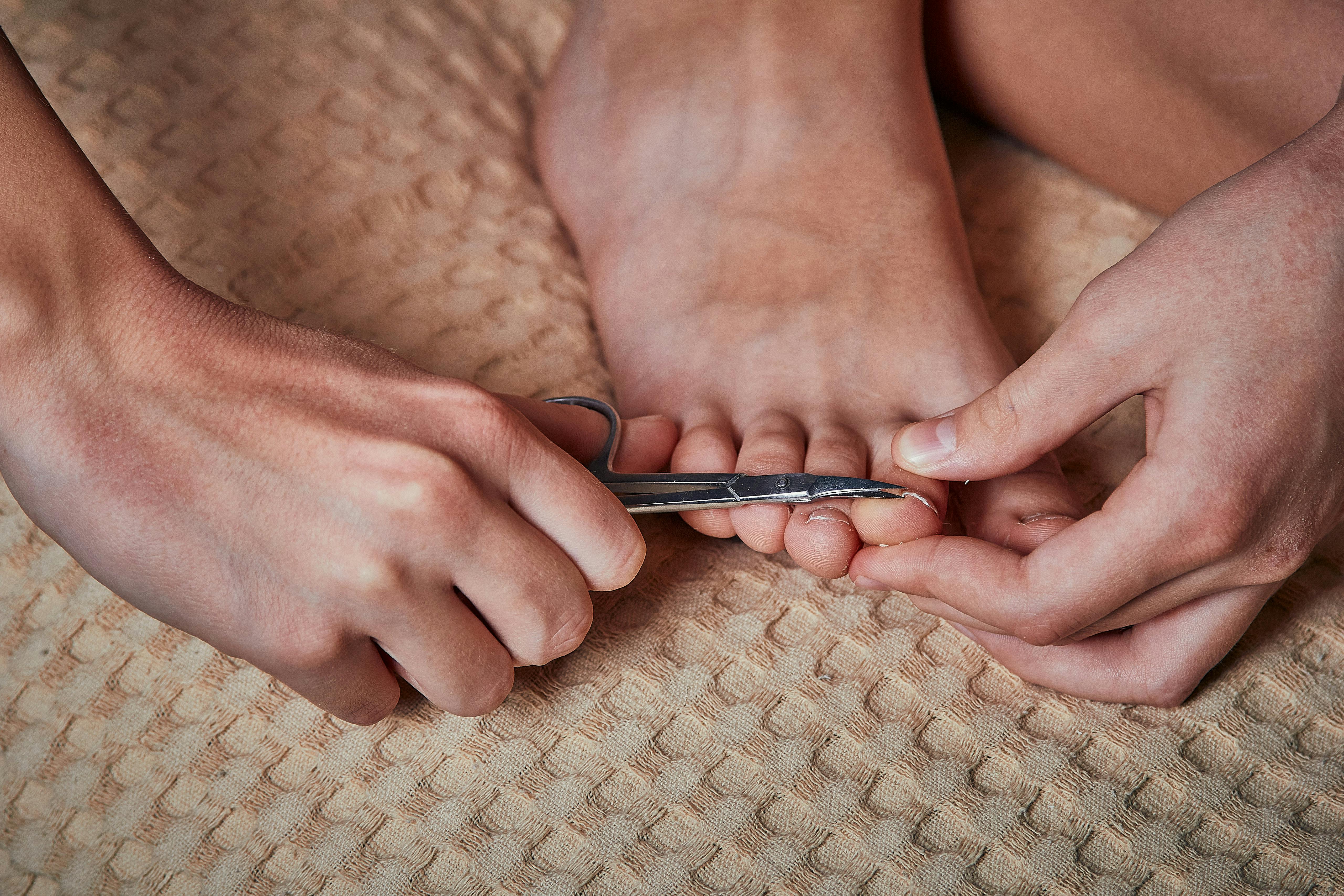
Our nails are surprisingly good storytellers when it comes to health. Slower-growing, thickened, or discolored toenails can show up when blood flow to the toes isn’t as strong as it used to be. You might notice new ridges, changes in thickness, or a nail that seems yellowish or dull. While nail changes often happen gradually and can have many causes—like shoes that fit poorly or fungal infections—PVD is one more clue to consider when changes appear for no clear reason. Instead of worrying about cosmetic appeal, think of monitoring nails as another empowering habit. Checking toenails during routine self-care, trimming, or moisturizing can help you spot patterns that deserve a mention at your next appointment. Your provider can help determine if circulation issues are playing a role and guide you toward gentle, supportive next steps.
11. Cramping at Night or When Resting

Cramps aren’t just a nuisance—they can also offer clues about your circulatory health, especially if they bother you while you’re lying down to rest or drifting off to sleep. With PVD, muscles may not get enough oxygen even at rest, leading to a nagging, cramping sensation that can startle you out of relaxation. This isn’t about blaming yourself or “not stretching enough.” Rather, it’s your body’s gentle nudge that blood supply might need a boost. Nighttime cramps or a restless, achy feeling in your legs shouldn’t be brushed off, especially if they’re a new pattern. Instead of soldiering through, give yourself credit for noticing and bring it up with your provider. Together, you can explore stretches, movement routines, or other strategies that ease discomfort while addressing the underlying cause. Your nighttime comfort matters and is worth every bit of attention you give it.
A Gentle Reminder: Listening to Your Body, Honoring Your Health

Each of these subtle clues is your body’s kind way of inviting you to care for yourself in new, perhaps gentler ways. Catching the early signs of PVD isn’t about being on high alert or adding worry to your day—it’s about celebrating the wisdom that comes from paying attention to small shifts. When you notice these clues—on your own or through the support of loved ones or your care team—you’re building a bridge to healthier days ahead. Progress isn’t measured by how quickly we fix things, but by how compassionately we respond to what our bodies ask for. If any of these subtle signs sound familiar, or if you have questions about your circulation, consider reaching out to your healthcare provider. Support, guidance, and practical solutions are always available, helping you feel confident, vital, and seen at every stage of your wellness journey. Gentle curiosity and self-care are wonderful companions—let them guide you as you step forward with kindness and strength.